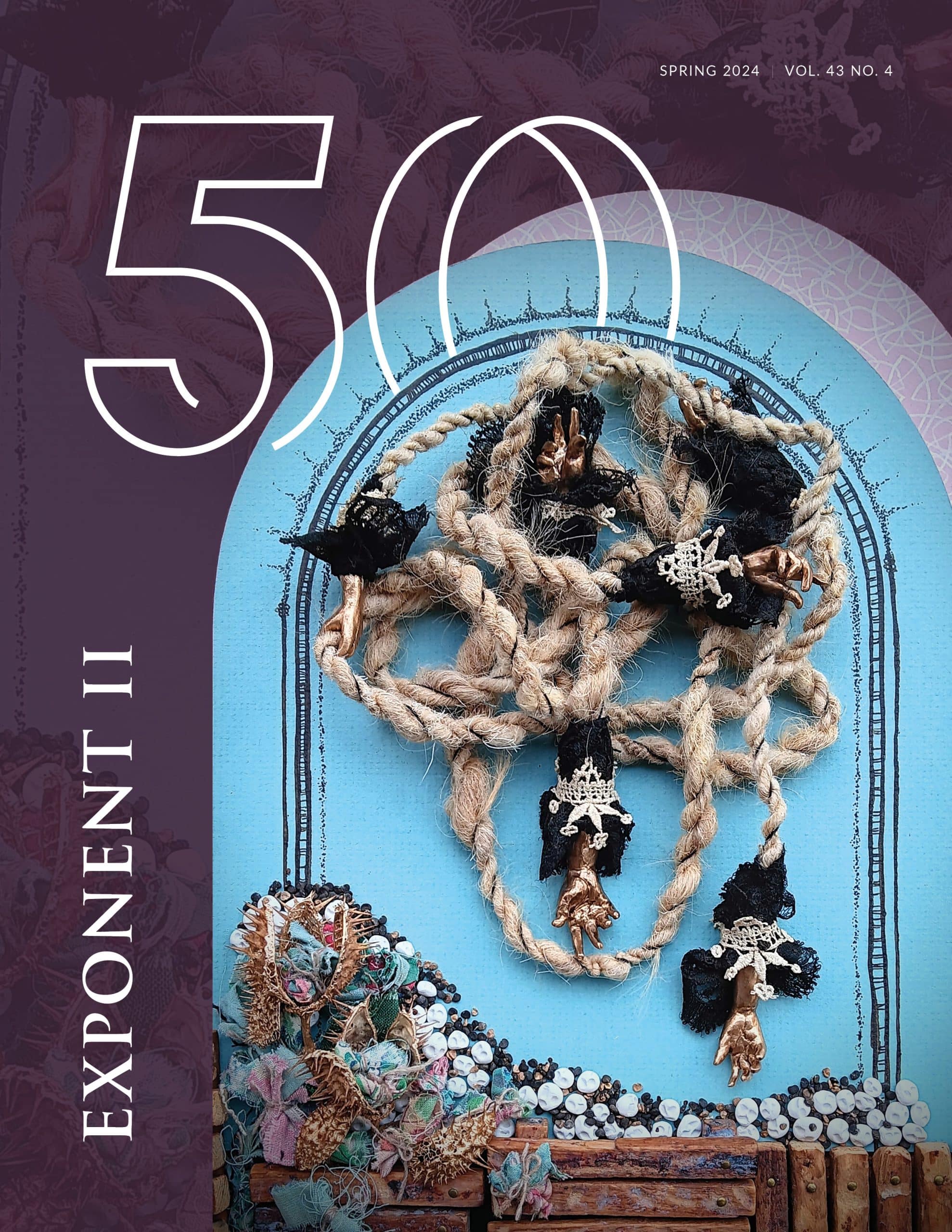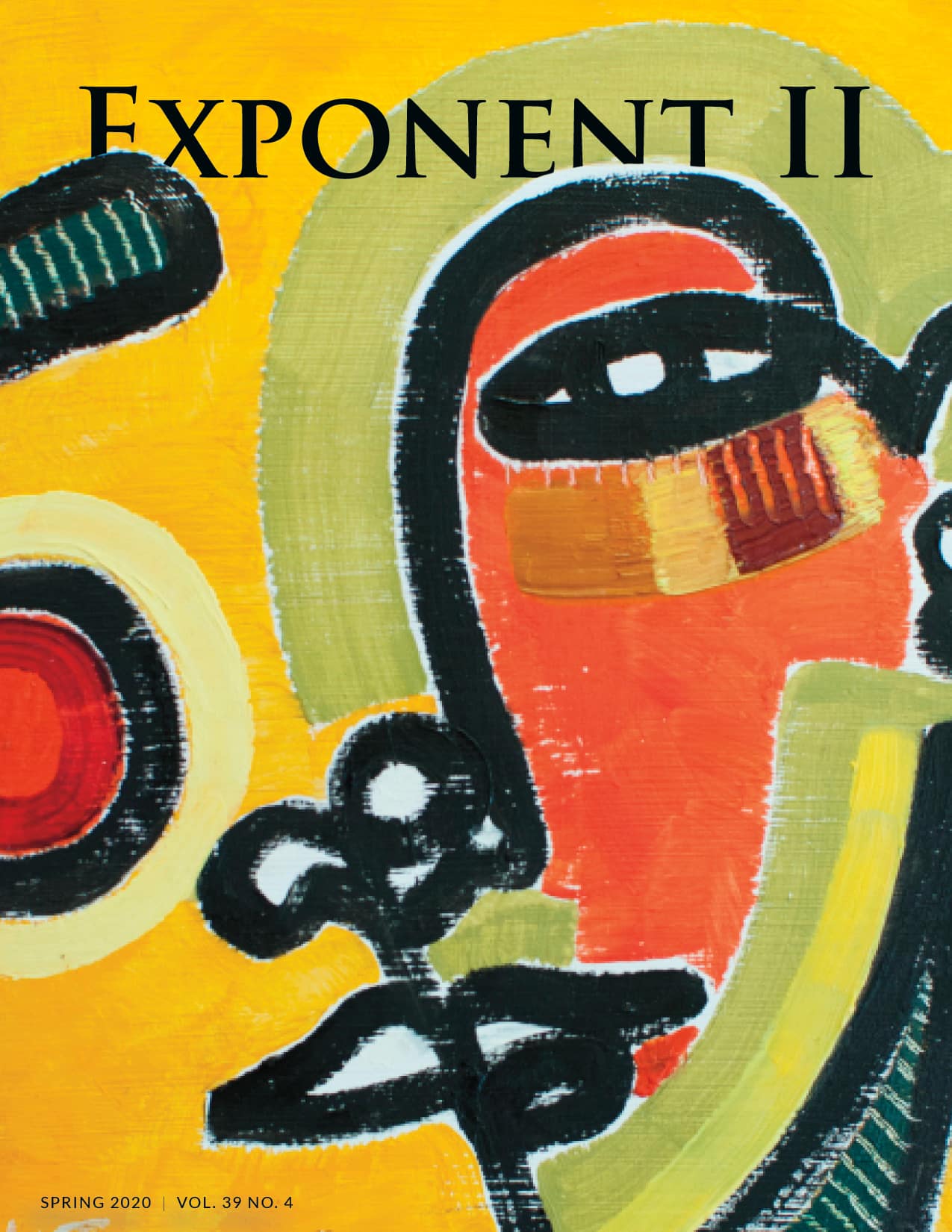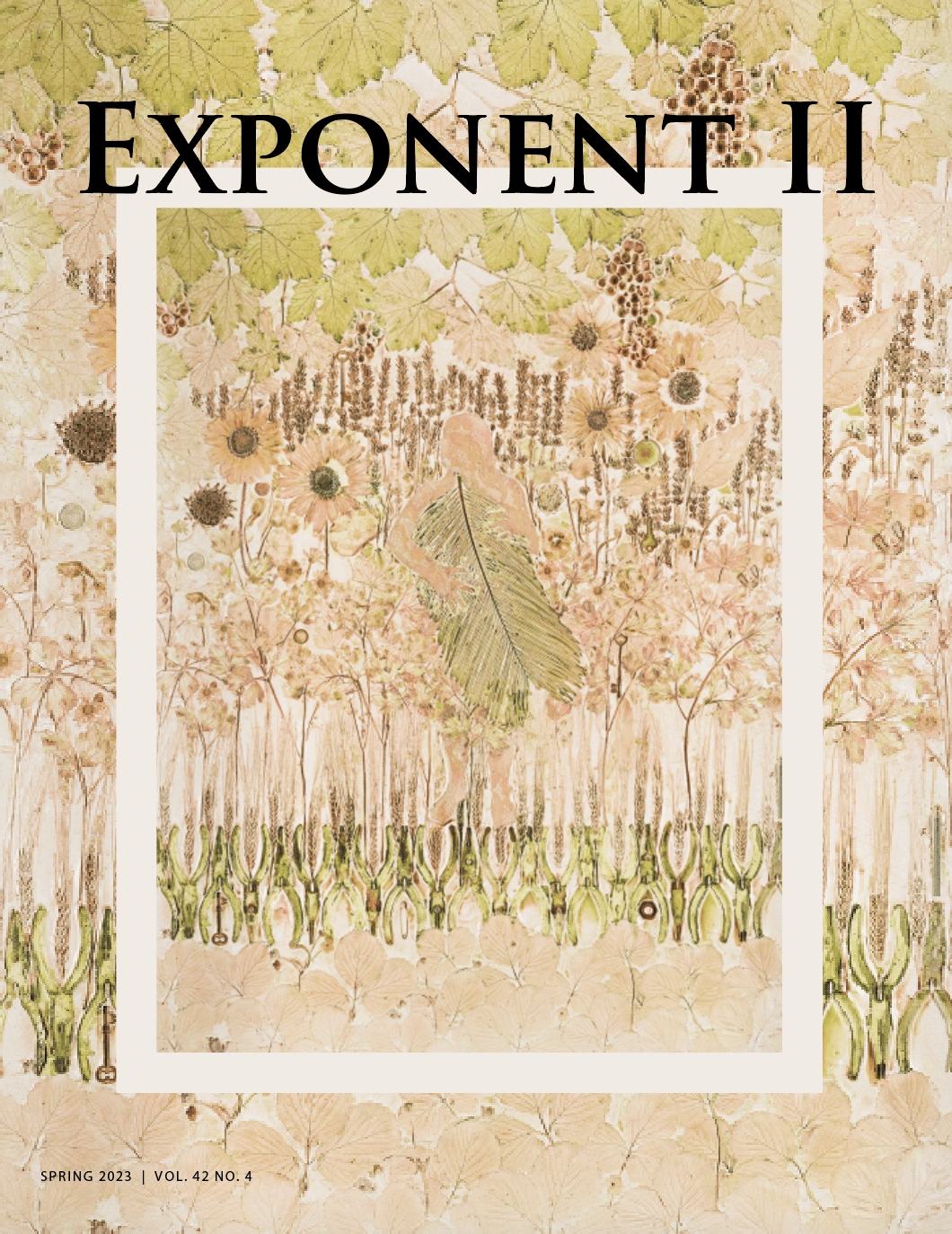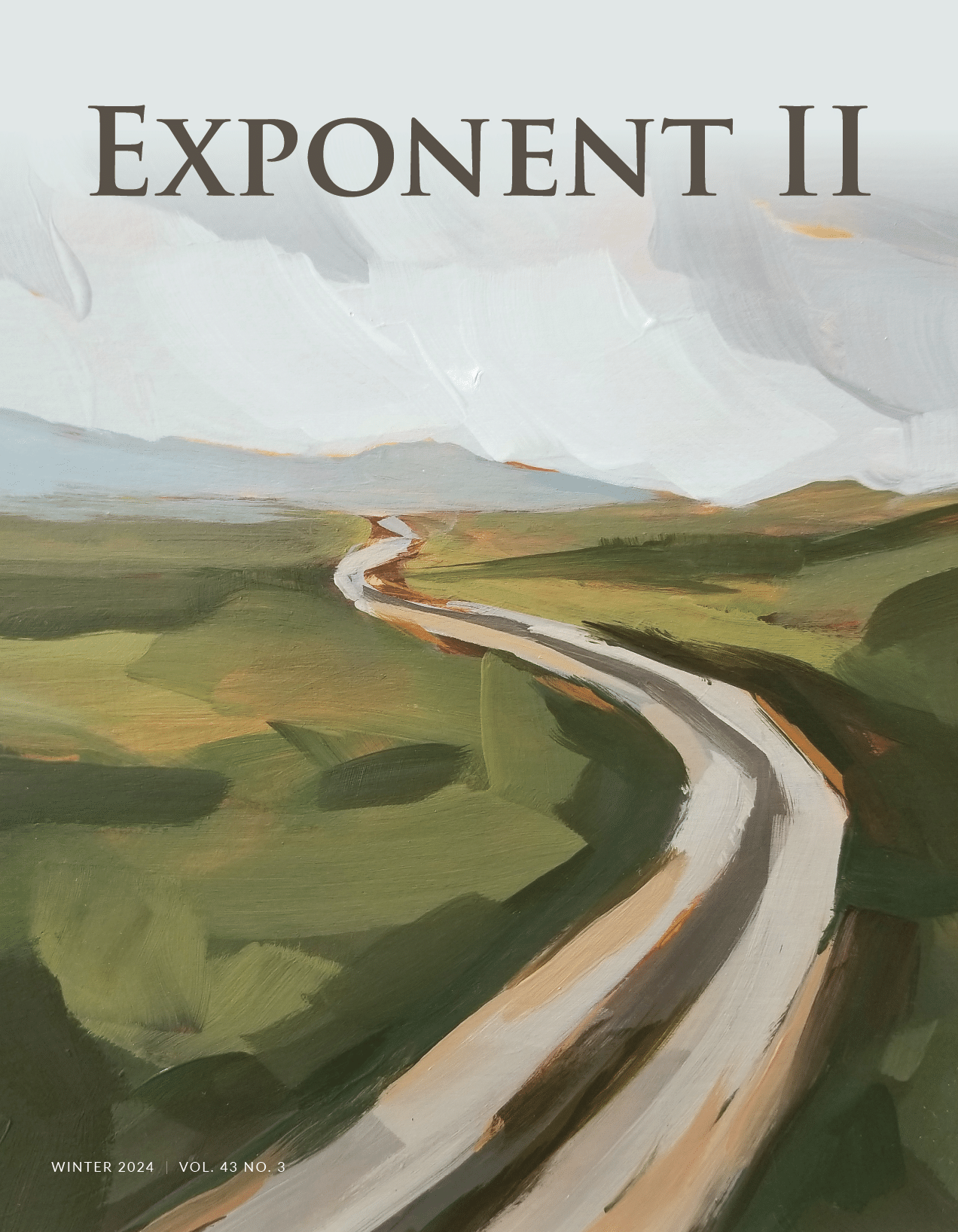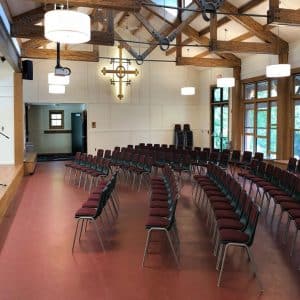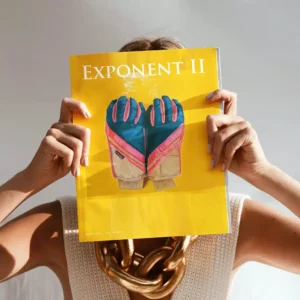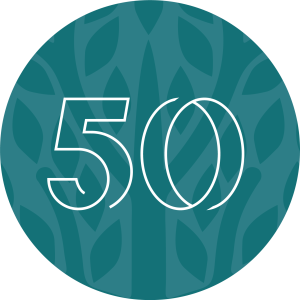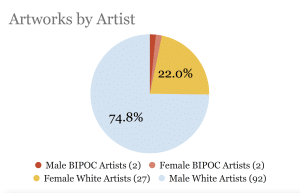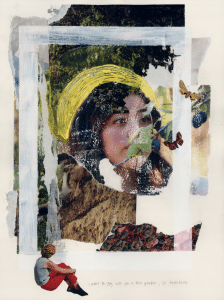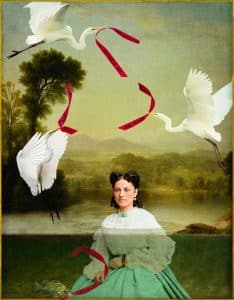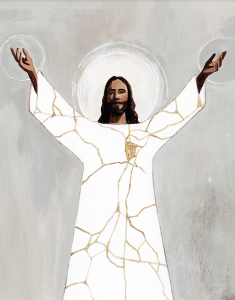My braids intertwine with my ancestors’ spirits from around the world, enlightening my pathway, telling my people’s story: a roadmap of my heart starting at the multiracial crown I never take off and always carry with me. This heavy crown, comprised of heritage from Curaçao, Native American, Afro-Latinx, and European descent, is adorned with precious stones, etched with the thorns with which society has tried to crucify me.
This royalty status begins not with a slave ship but with an elite lineage in many kingdoms. For thousands of years, my tribes and communities honored their crown with braids, twists, locks, and so much more. These styles demonstrated culture, societal status, and self-pride. Each of my diverse cultures tell the story of love, loss, and recommitment to self that embraces all the wondrous and most excellent parts of me.
My Cherokee, Blackfoot, and Kiowa Tribes tell me that my braids, buns, and two-sided haircuts speak to my heart and soul, reaching my sacred spaces and screaming to the world that I am not part, half, or quarter but all of these pieces that make up who I am and where I want to be. These sacred styles connect me to my tribes and the stories of people forced off their land and stripped of rights. At the same time, I am committed to maintaining at all costs the heritage of my ancestors, so many of whom were viciously attacked, beaten, burned, and hung in an attempt to silence the voices of the marginalized. As a result, my people have been deprived access to freedom that quietly and intentionally attempts to not only strip away our rights but erase our heritage and force us into Eurocentric assimilation to prove our worth.
My braids tell the never-ending story of oppression and the fight for justice passed down through the generations as strongly connected as my cornrows and hair adornments on my island of Curaçao. My goddess braids embrace my crown as a reminder that I come from royalty from the motherland. These are my roots that, over time, began to decay when my people were forced onto slave ships headed to Curaçao and the southern United States. This decay has caused my roots to suffer a loss so significant that the effect still lingers today.
My braids intertwine with my ancestors’ spirits from around the world, enlightening my pathway.
To understand the future, we must be willing to not only study the past but recognize the ongoing impacts of systemic racism that is more heinous and long-lasting than any pandemic. My people’s story includes oppression in misappropriation, discrimination, and cisgender white males’ financial gain that attempts to erase all evidence of my people’s royalty.
In captivity, my people were physically and emotionally stripped of our crowns. Head coverings of mammies taught the world that our kinky, curly, and coily hair was not beautiful nor acceptable. The crown that once shone and stood out in its glory now hung in despair, hidden from the world, entangled in a system that not only perpetually denied my people access to their kingdom, but also attempted to create a permanent underclass.
Long after the end of slavery and Jim Crow, oppression still lingered, and societal acceptance dictated that natural hair is ugly and in need of Eurocentric transformation. This belief system carries over into society today, where my natural hair is still a matter of public controversy. Others have taken credit and obtained limelight for what my people have been shunned. Children have been removed from schools, individuals have lost employment, and many have suffered the emotional consequences of low self-esteem.
I still recall countless nights and weekends having my hair pressed with a hot comb and relaxers burning my scalp so that I could look “just right” to the world. I can remember all the talks my mother would have on the importance of looking “white proper” and what hairstyles would be appropriate in the workplace. I fondly recall those in my Black community telling me that I had “good hair,” while those on the outside always made comments about how long it must take to get my hair “perfect.” I can still feel tears on my face as strangers at the supermarket would say how sad it was that my hair and skin were not as light as my biological multiracial mother and brother or callously ask where she had gotten me from.
And I can still recall school picture day in 1989. I was about eight years old, and I begged my aunt and my mom) for permission to style my hair. I got an asymmetrical bob that covered part of my face. That year, Whitney Houston and a few other People of Color stars had rocked similar looks. I was so excited the night before I could hardly sleep. My class was called down, and, as was the procedure, we stood in a single file line waiting for our picture to be taken.
Before each photo, the children were styled with a tiny black barber comb. After the shoot, they were given the comb, which had the photographer’s name on it. The children were then told to tell their parents to come into their studio for extra prints/family photos. When it was my turn, the photographer and the assistant both laughed at me. The assistant said, “There is nothing we can do with that,” and the photographer said he wasn’t going to take my picture with an “N-word style.”
He then made me move the hair from in front of my face and stick it behind my ear. When I said no, he motioned for the assistant, who grabbed my hair and tried to force it into the style they wanted. Once my picture was finally taken, he handed me the comb and told the assistant to wash his hands so my N-word hair oil would not make the other kids go bald. He then told me I should not call for a studio appointment, explaining that if my family was as dark as me the pictures would not come out.
What made this situation even worse is that my teacher and other staff saw and heard what happened and did nothing. I wish I could say that this was the day I knew I was different or did not belong. The reality was that this is one of the many situations I had to endure daily at school, in my New York neighborhood, and in society at large.
This same year, several of my white friends went on cruises and returned wearing cornrows and beads. I noticed how the teachers and staff gave out many compliments but did not question how long it took to do or how much effort their hair took to maintain. No one attempted to touch my friend’s hair or remind us that extreme hairstyles are a distraction to the class. They were honored and celebrated for something that was not even their own.
This persistent juxtaposition of popularity and disgust fuels the anger within me and creates a determination to show pride by showing off my Nubian Knots, twists, and cornrows despite societal ridicule. My hair reflects my ancestors and all those who came before. It gives homage to those who had no choice but to hide this sacred portion of themselves. My hair is a symbol of both oppression and freedom. It is proudly reclaiming what was once lost and torn away even when modern society holds onto and makes Eurocentric standards mainstream.
Those in places of privilege stand on top of the mountain and look down, feeling that they mean no harm when they touch my hair without permission or ask why I do not straighten it or suggest what a professional hairstyle should look like. I am over-sensitive to these people and should have no problem complying with and assimilating to their idea of beauty. These microaggressions are a constant reminder that to the world, my so-called worthiness is determined by my hair expression and willingness to strip away my abundant culture for another.
For many years, I played a part in the play everyone thought I should have. My hair never went without a weekly press and was adorned to make others feel more comfortable. I would avoid dancing with friends, going swimming, boiling water, and anything else that would expose my natural curl pattern. The more I tried to fit in, the more I lost myself. Along the way, I realized that my life and my crown of glory are most precious and sacred, and it is my right, not a privilege, to own all parts of it.
Today I look back at my life and recognize that this natural hair journey is really a pathway to self-acceptance and pride. I no longer stand on the sidelines passively waiting to join the game of life as a diluted and disrupted version of myself. I now powerfully engage with others, hear and uplift my people’s history, create community, and provide education in hopes of a better future. My hope is not to simply join a band of other followers but to light the fire as a trailblazer for paths not yet reclaimed. In doing so, the next generation will not only find honor in their crown without shame but revolt against the need to fit into a Eurocentric box.
Just like Harriet Tubman, I will not stop fighting until all my siblings find freedom, wherever they may stand.
I am a royal warrior reclaiming my throne.
This essay was nominated for a 2021 Pushcart Prize.
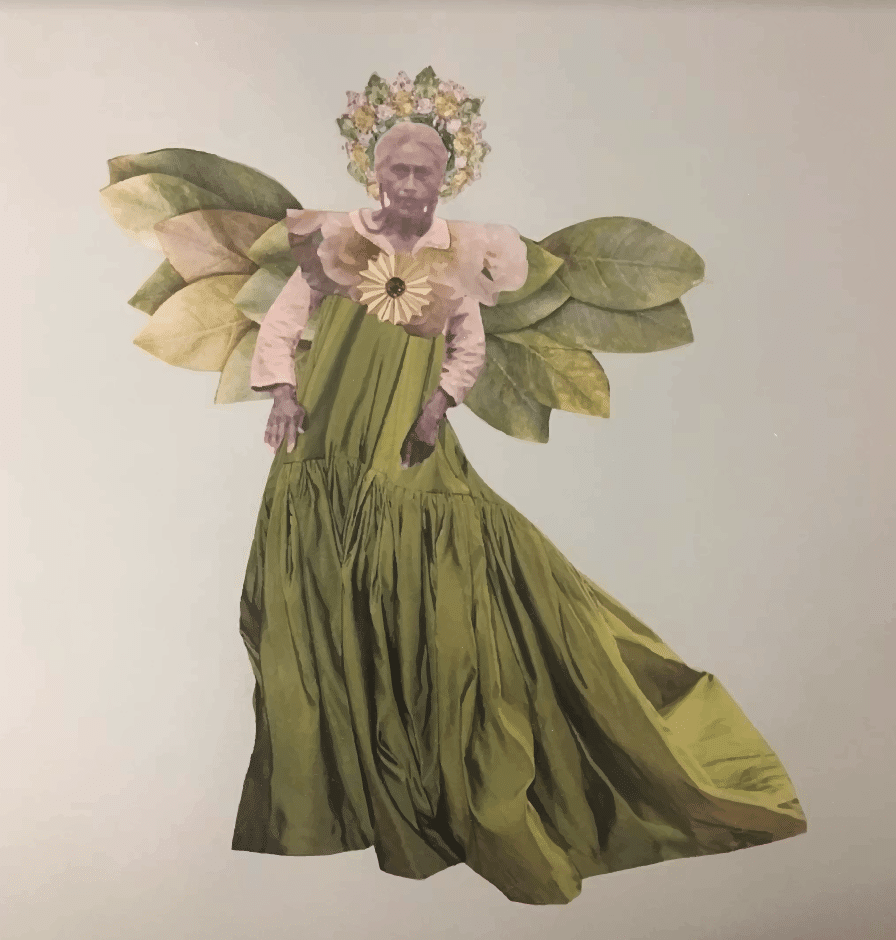
Artist Statement
Marcella
I made this at a time when I was feeling disconnected. As I pieced together this collage of Marcella, my great-great-grandmother, I felt connected to her, connected to myself and connected to God. This image reminds me that after death she lives on. I love to imagine her with this regal, angelic-yet-earthly imagery. I imagine her being a part of the earth and yet above it. I imagine her future as glorious. I’ve had the feeling that whenever something serendipitous happens in my family, she had something to do with it.
Amber Lee Weiss | @amberlieves




